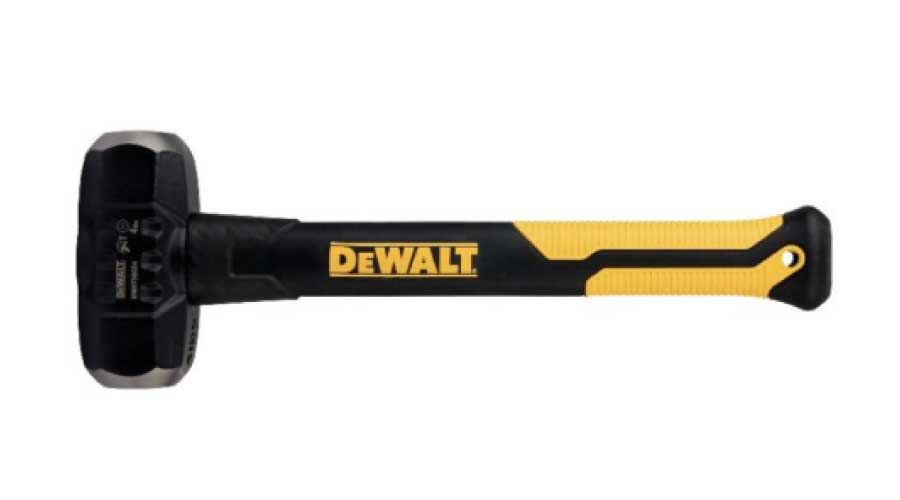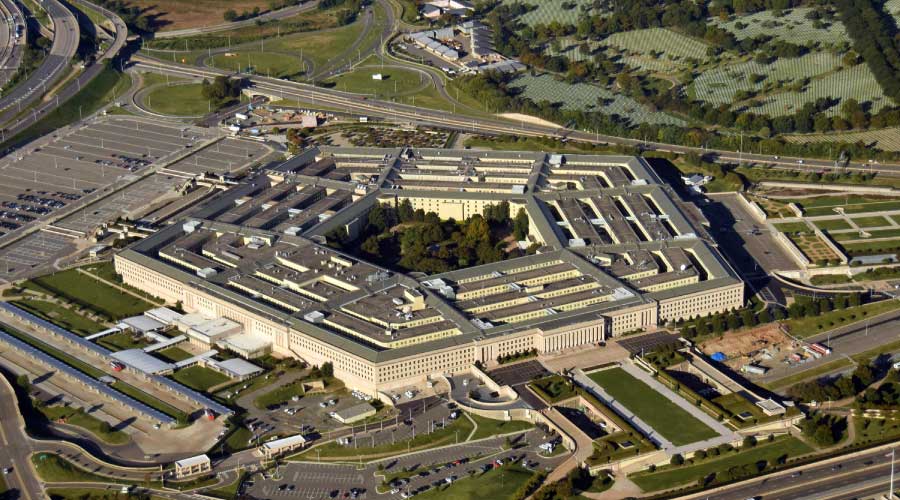
How Facility Managers Can Keep Up with Code Standards
Evolving standards from the federal down to local levels can make it a challenge to keep up with all the changes. May 4, 2023
By Dave Lubach, Executive Editor
As institutional and commercial facilities try to reduce carbon emissions in their efforts to slow climate change, facility managers are tasked with the job of accomplishing that as efficiently as possible.
Decarbonization and electrification are buzzwords in the facility world these days, and some managers are still coming to grips with how to best accomplish their facility or local goals to reduce carbon emissions. One of the tougher aspects of achieving these goals is adhering to national building codes and in some areas more restrictive local standards for buildings. Not attaining those goals can have costly effects for facilities as well as have a negative affect on the environment.
Facilitiesnet talked about how managers can keep track of changing building code standards with Mike DeRouin, president of FitzGerald, a Chicago-based architecture and design firm.
FN: How challenging is it for building owners and facility managers to keep up with changing energy codes?
DeRouin: “It’s very challenging for everyone that’s involved in new design and construction, because the codes get modified at every jurisdictional level. I think the hardest question we get asked every time we approach a new project is, 'What codes do we have to follow?' It’s not just building codes we have to consider, it’s at what level the codes get approved, whether they apply to this project, and do they have an effective date that that might affect us in the future.
“The majority of the country is still on International Building Code (IBC) 2015 standards, but many states and jurisdictions have come up to current codes. So, when you’re working in a location that follows the newest and latest codes, there is a lot of change that has to be dealt with. The International Code Council is on a three-year cycle for all their various codes. The one that really applies to a lot of what we’re talking about is the International Energy Conservation Code (IECC), and the newest one is the 2021 code. Some local jurisdictions have really doubled down on this. In these instances, we’re the messengers with the bad news that everybody has to make adjustments. It can really create some heartburn when owners get faced with something that’s going to be radically new.”
FacilitiesNet: What advice do you have for building owners and facility managers about working with architects on projects?
DeRouin: "We often feel like we’re in the middle sometimes when explaining new codes, but at the same time, we want managers to educate us on their needs. We can tell you what we think we need to do in the future, but we also need to understand how it impacts you as a building owner or an operator. There are common solutions and there are mutually found solutions, but they require a lot of education and understanding. Energy modeling tools have gotten really sophisticated and they also take time to utilize for the best outcome. These tools are not instantaneous solutions, but they can really help the entire team both on the design and ownership side. We will help managers should analyze different energy conservation measures to get a real feel for what they are solving. Are they reducing operating costs? Are they solving for emissions? Are they reducing overall energy consumption?There’s a lot of back and forth and it can feel tedious, but really good planning can create better results and understanding. The ins and outs of the solutions that we’re going to find together will only make operating the building that much better in the future.”
FacilitiesNet: How can facility managers best keep up to date with changing building codes and standards?
DeRouin: “The best way to do it is stay in touch and be familiar with your local building department. A lot of local building departments or even state departments will offer education seminars, especially on code cycles and changes. Take advantage of those. We go regularly and I don't see enough people attend them. These seminars are really great ways to know what the new codes are going to be and when they will be enacted. If you want to have an impact on these decisions, you need to get involved in those jurisdictions to have a voice at the table. Some cities and jurisdictions are good about opening up the discussions. There are a lot of really good resources to take advantage of and find starting with the ICC website itself. They have some very good informational tools and commentary about all the different updates to the IECC.”
FacilitiesNet: As far as energy consumption is concerned, what are some other areas of facilities that managers are looking to upgrade?
DeRouin: “In terms of energy consumption, a big part of the conversation is about lighting. There are high-quality LEDs available, which have certainly helped reduce building energy loads from a lighting perspective. The next step is to install better occupancy sensors and make sure that lights are off when people are not occupying rooms. That's the cutting edge of lighting. The other big issue the building envelope. We are always trying to figure out just how good of a building envelope we can build and maintain. There's an interesting new product that utilizes some nanotechnology to seal the exterior envelope from the inside of the building. We're investigating this as a potential way to reduce the exterior air infiltration which contributes a lot to heating and cooling costs. At some properties, we've been surprised to learn just how much air leakage there really is.”
Dave Lubach is the executive editor for the facilities market.
Next
Read next on FacilitiesNet












